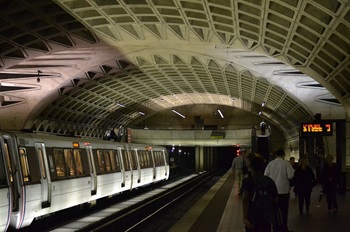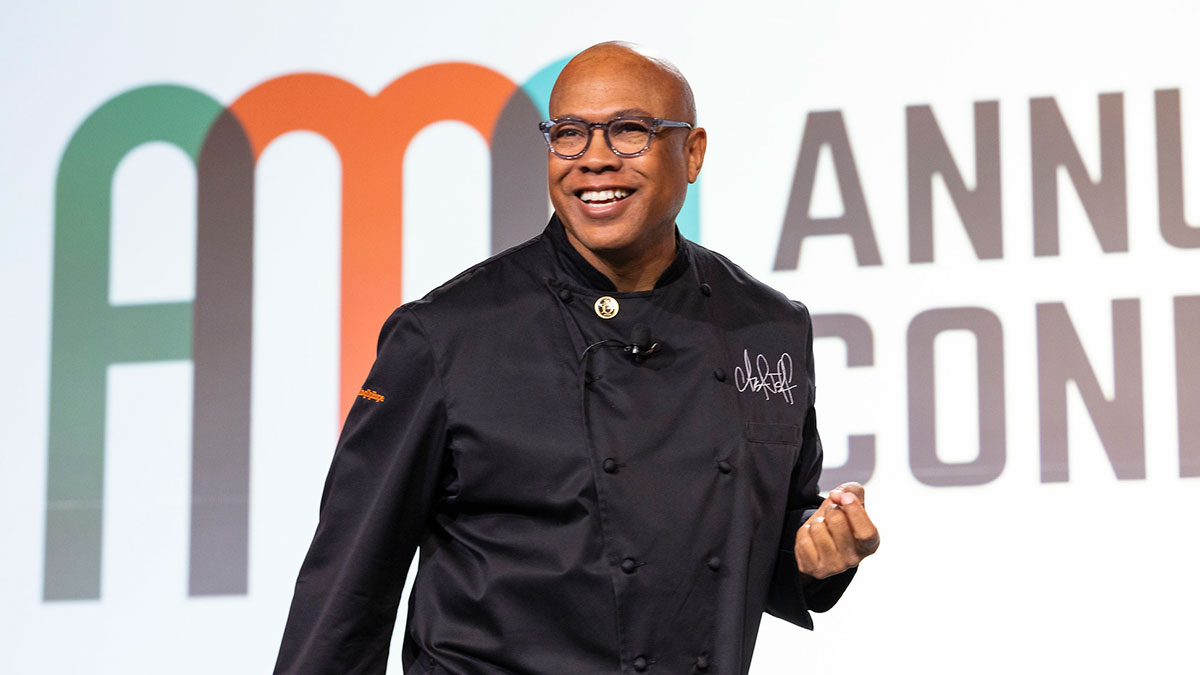By: Laurie Gethin, Director of Education, Food Marketing Institute
 When I began working in the Nation’s Capital, the MetroRail system had 43 stations and served the immediate area around the city. With the help of technology and to serve a growing population, the MetroRail system has burgeoned in size and scope, with 91 stations across the region that offer WiFi access, digital advertising, and electronic fare machines. As MetroRail continues to evolve to meet the demands of residents and commuters alike, its growth is inadvertently shaping the landscapes around it. Over the years, new developments have emerged around Metro stations, creating walkable, mixed-use communities that attract employers, talent and tenants. Much like an evolving Metro system, the retail marketplace is witnessing a convergence of new consumer preferences and technologies that are shaping its own landscape.
When I began working in the Nation’s Capital, the MetroRail system had 43 stations and served the immediate area around the city. With the help of technology and to serve a growing population, the MetroRail system has burgeoned in size and scope, with 91 stations across the region that offer WiFi access, digital advertising, and electronic fare machines. As MetroRail continues to evolve to meet the demands of residents and commuters alike, its growth is inadvertently shaping the landscapes around it. Over the years, new developments have emerged around Metro stations, creating walkable, mixed-use communities that attract employers, talent and tenants. Much like an evolving Metro system, the retail marketplace is witnessing a convergence of new consumer preferences and technologies that are shaping its own landscape.
It’s apparent this change is happening at an unprecedented pace, driving quicker decisions that impact every category in the grocery industry. Our Trends 2017 research reveals that shoppers continue to diversify their shopping channels and Millennials gained comfort in their e-commerce shopping habits. When it comes to shoppers’ demand for more transparency, they have a rational need for information and an emotional desire for authentic connections with their retailer. It’s easy to see that consumer dynamics around the modes, places and even reasons they shop have changed.
In order to meet the demands of today’s shoppers, the industry must become fluent in food culture. And, not just through understanding shopping trends, but by connecting those trends to the functionality of retail spaces. An article in The Wall Street Journal recently discussed reimagining the physical store to serve consumers looking for places to be, rather than things to buy. Designing a food theater experience can create captivating culinary adventures that keep customers coming back, according to FMI’s Power of Fresh Prepared/Deli report.
Embracing consumer trends and technology in and outside the store and experimenting with formats can attract new and returning customers. As digital technologies continue to shift shopping into new channels and drive digital innovation to evolve the food shopping experience, the store of the future must remain nimble to meet the demands of consumers.
Social, economic and political trends all play an important role in how to ready brick and mortar stores for a digital world. Just like the Metro, grocers have an opportunity in today’s evolving marketplace to chart new paths and shape the landscape of the shopping experience.
This fall, industry professionals attended FMI’s 2017 Energy and Store Development Conference to discuss important issues facing energy management, refrigeration, and store design in food retail. Three professionals who attended the conference will share their insights in our upcoming blog series. Stay tuned!


 Industry Topics address your specific area of expertise with resources, reports, events and more.
Industry Topics address your specific area of expertise with resources, reports, events and more.
 Our Research covers consumer behavior and retail operation benchmarks so you can make informed business decisions.
Our Research covers consumer behavior and retail operation benchmarks so you can make informed business decisions.
 Events and Education including online and in-person help you advance your food retail career.
Events and Education including online and in-person help you advance your food retail career.
 Food Safety training, resources and guidance that help you create a company food safety culture.
Food Safety training, resources and guidance that help you create a company food safety culture.
 Government Affairs work — federal and state — on the latest food industry policy, regulatory and legislative issues.
Government Affairs work — federal and state — on the latest food industry policy, regulatory and legislative issues.
 Get Involved. From industry awards to newsletters and committees, these resources help you take advantage of your membership.
Get Involved. From industry awards to newsletters and committees, these resources help you take advantage of your membership.
 Best practices, guidance documents, infographics, signage and more for the food industry on the COVID-19 pandemic.
Best practices, guidance documents, infographics, signage and more for the food industry on the COVID-19 pandemic.
